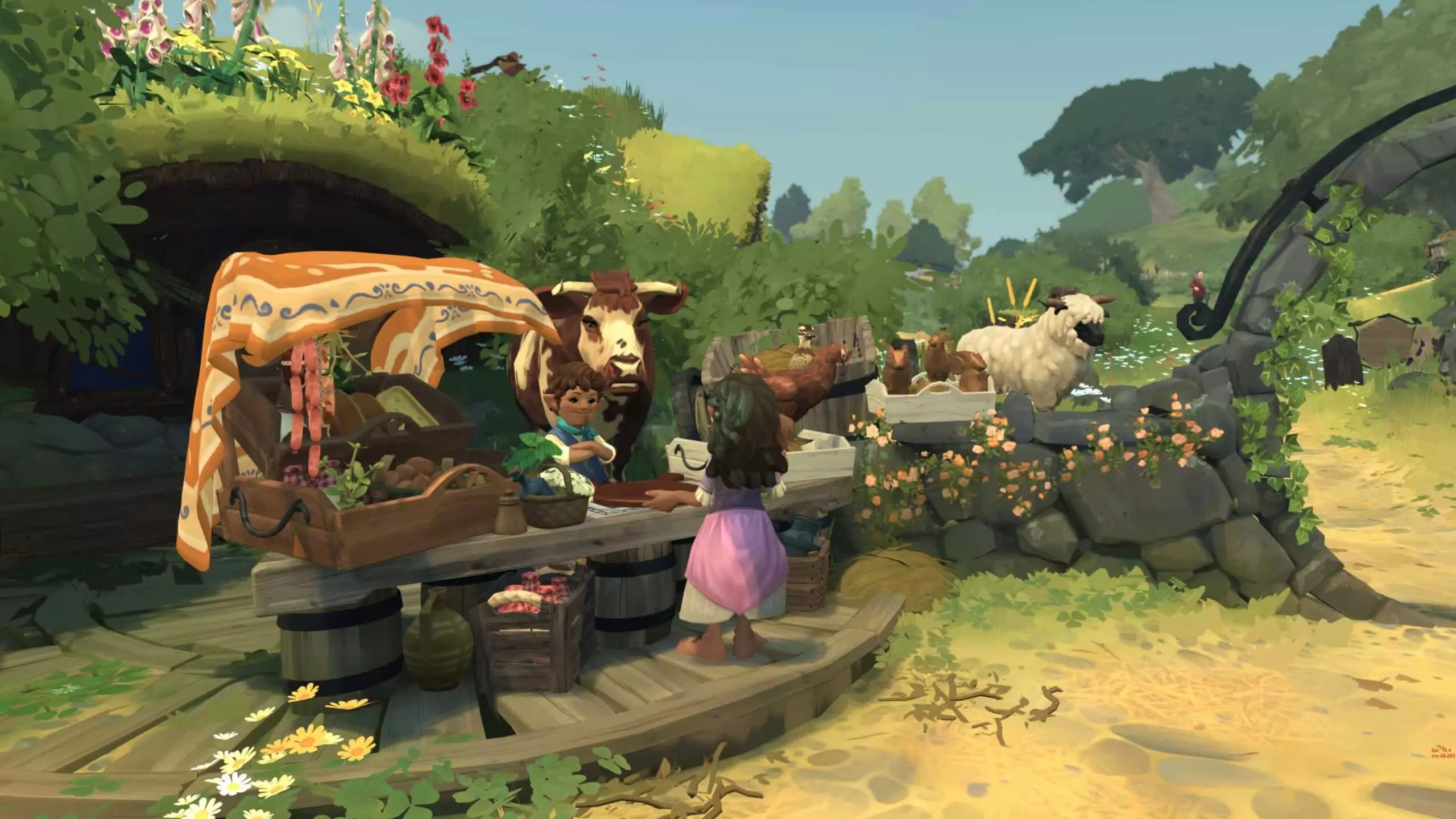In an era where gaming announcements have become an expected rollercoaster of excitement followed by unexpected disappointments, the recent delay of Tales of the Shire has stirred up conversations within the gaming community. Originally scheduled to premiere in March 2025, fans of the cozy farming simulator inspired by J.R.R. Tolkien’s beloved universe must now mark their calendars for July 29, 2025. This repeated adjustment in the release timeline raises important questions about the challenges developers face today, particularly in a landscape that constantly demands high-quality experiences across various platforms.
The developers, Weta Workshop in collaboration with Private Division, expressed gratitude toward the community for their understanding and patience. They revealed their goals for the game, wanting it to resonate as a “warm hug from Middle-earth.” The emphasis on creating a richly detailed experience reflects an industry increasingly aware of the importance of immersive environments. However, the necessity of further development work hints at deeper issues regarding quality assurance (QA) processes, particularly for a game intended for diverse platforms.
Emerging reports highlight that the pitfalls leading to this delay stem from challenges in QA testing, especially regarding the Nintendo Switch version. This particular console has been under scrutiny in recent years for struggling to handle some of the latest game titles effectively. The infamous performance issues seen in titles such as Pokémon Scarlet and Violet stand testament to a reality that has not escaped the developers of Tales of the Shire.
As the gaming landscape continues to evolve, so does the technology behind it. The aging Switch hardware, nearing the end of its life cycle, presents obstacles that can significantly impact a game’s performance. The developers’ commitment to assuring smooth gameplay on all platforms reflects the growing need for adaptive and scalable software solutions. The fact that the team chose to delay rather than rush the product to market is commendable, yet it raises concerns about the development strategies in play and the expectations surrounding such a beloved franchise.
Moreover, the delay in Tales of the Shire could also be linked to significant structural changes within Private Division, the game’s publisher. Following a transition of ownership from Take-Two Interactive and the subsequent restructuring of the company, the new leadership—comprised of former Annapurna Interactive staff—may still be establishing their vision for the project. This kind of upheaval can lead to inconsistencies in development timelines and objectives, which might otherwise support a more cohesive creation process.
The combination of technical challenges and corporate restructuring suggests that the delay is not merely a matter of wanting more time to polish. It indicates a broader systemic issue within the industry—one that reveals the fragility of gaming timelines and the balancing act between delivering a polished product and adhering to publisher pressures.
The reaction to the announcement has been mixed, with fans expressing both disappointment at the delay and understanding toward the developers’ intentions. In a world dominated by an instantaneous culture of gratification, it is a delicate balance to manage expectations while maintaining transparency and communication. The developers have attempted to foster goodwill through open dialogue—a strategy that can pay off in building loyal communities around their products.
Given the game’s premise of capturing the essence of life in The Shire, a thoughtful approach to development resonates well with the audience’s desires. Fans anticipate unique gameplay experiences and meticulous attention to detail, from the intricacies of hobbit culture to the vibrant landscape of Middle-earth. The established rapport between the developers and the fans could potentially soften the blow of the delay, allowing for an anticipatory excitement to build rather than erode.
The delay of Tales of the Shire serves as a reminder of the complexities involved in modern game development. While it is disappointing for fans eager to immerse themselves in the lush, cozy world of hobbits, the primary goal of delivering a high-quality experience is one that should be celebrated. As the team behind this project regroups to finalize their vision, they have a chance to deliver an experience that is not only technically sound but also enriches the lore of Tolkien’s universe. The wait may be long, but if executed well, Tales of the Shire could indeed be worth every moment spent anticipating its arrival.


Leave a Reply